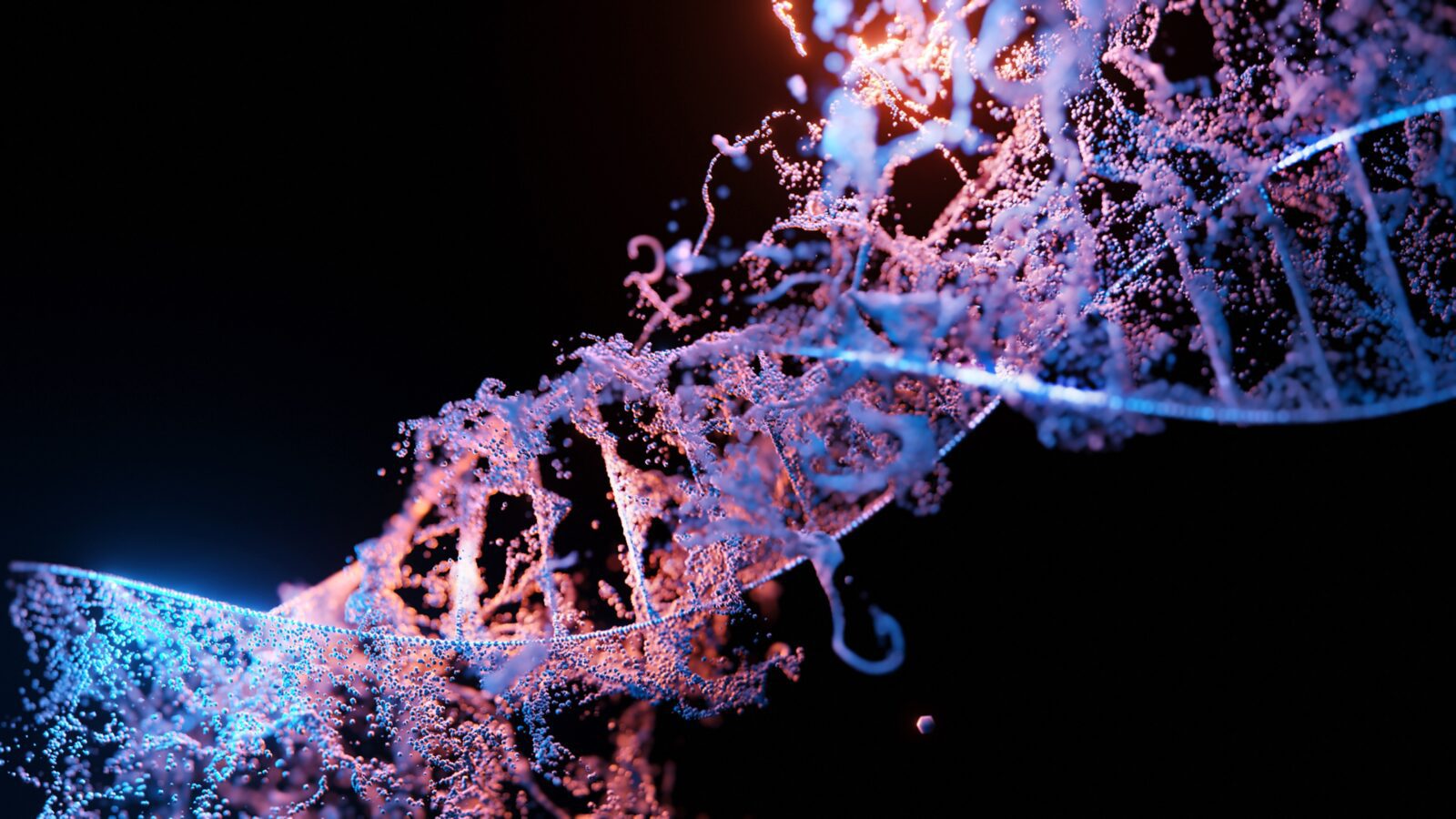According to a team of experts, our genome has 155 genes that developed from tiny, non-coding segments of DNA. Numerous seem crucial to human biology, demonstrating how new genes may quickly develop into vital ones.
The discovery shed some light on previous research and will help us understand our nature better.
The full story below.
It’s All About Those Tiny Genes
If we’re right in what we think we have here, there’s a lot more functionally relevant stuff hidden in the human genome, stated geneticist Aoife McLysaght.
A team of researchers from the Biomedical Sciences Research Center Alexander Fleming (BSRC Flemming) in Greece and Trinity College Dublin, Ireland, came across the recent finding. They discovered how 155 microgenes appear to have arisen spontaneously in segments of DNA that did not previously carry the building block instructions used by human cells. Quite impressive, isn’t it?!
And there’s more.
The scientists built a genetic ancestor tree to chart the development of the genes across time by comparing the minute sequences contained in our genomes to those in 99 other vertebrate species. As intriguing as it sounds, it is pretty simple to picture the situation here.
What’s best is that the new “microgenes” discovered include some that date back to the earliest mammal ancestors (that’s fantastic!), while others are more recent. According to the team, two genes appear to have appeared since the separation between humans and chimpanzees.
Finally, the researchers examined the roles of the sequences gradually. They came across the fact that the subsequent growth problems in forty-four of the cell cultures provided more evidence that those now-missing DNA segments are essential to our continued survival.












Leave a Reply